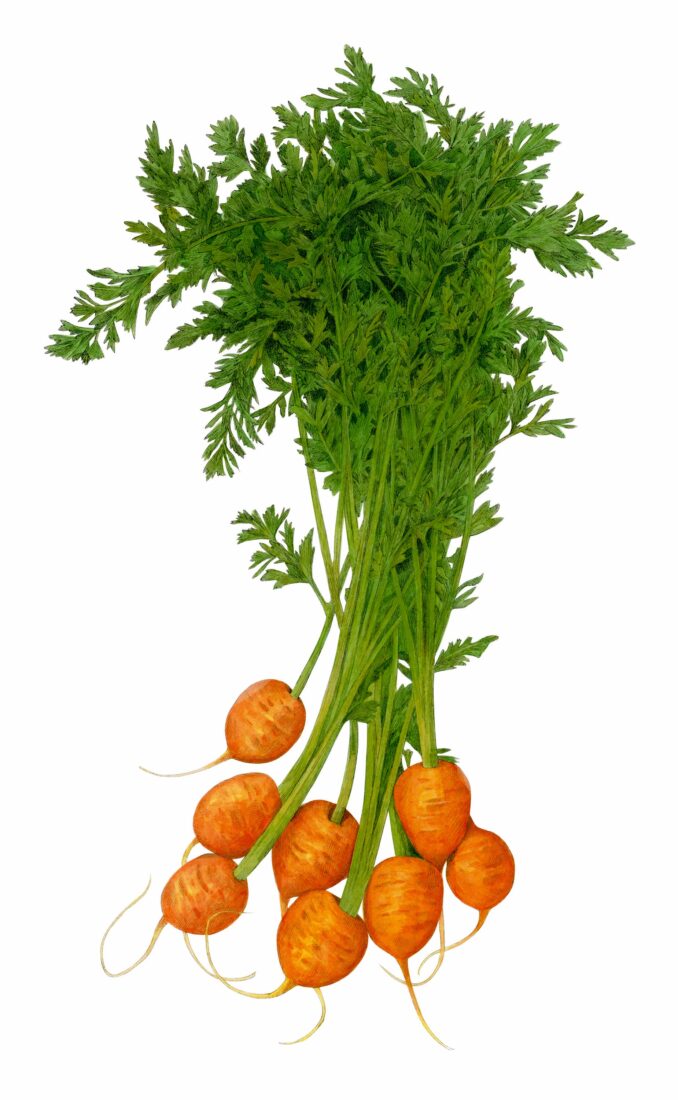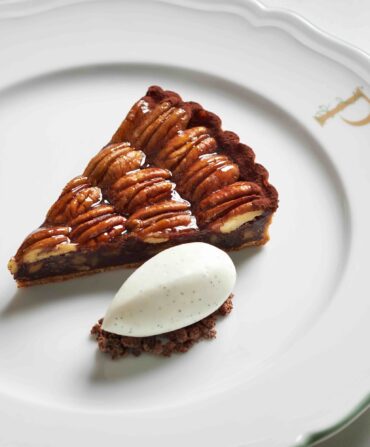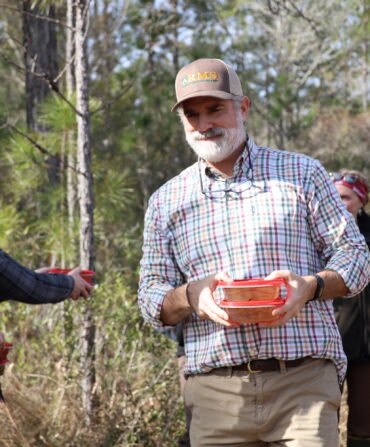Newnan Miller gravitated toward the culinary world from a young age. During family road trips, he’d collect menus from restaurants throughout the South. “I was doing pre-internet research,” he jokes. When he was seven, the Kentucky native wrote a letter to Sullivan University in Louisville, kindly alerting them that he planned to enroll in the Culinary Arts Program. “I graduated high school at seventeen and started culinary school twelve days later,” says Miller, now the chef and co-owner of Mr. Tubs, a bar in Bardstown with light bites and plenty of bourbon. “I was just certain about what I wanted to do.”

Another certainty is that whether he’s making meatballs, Bolognese, or stock, or straight-up juicing or pickling them, carrots regularly appear in his rotation. One of his favorite varieties is the Thumbelina, a crisp, golfball-sized heirloom that peaks in flavor during the cooler months. “Because of their shape and thin skin, you can simply trim the greens, wash them, then cut them once in half for use,” he says. “No need to peel these beauties.” Keep an eye out for Thumbelinas at farmers’ markets and grocery stores, preferably with the tops still on, which is a good sign they’re fresh. “Those greens want to start to wilt and fade right away, so carrots with greens are always a good bet.” Or plant some yourself—they’re easy growers in backyard gardens or containers. For storage, remove the greens (they’re edible, so reserve them), wrap the unwashed carrots in a paper towel, and keep in a ziplock bag in the crisper drawer.
On top of the zero-prep appeal, these mini-me carrots are nearly coreless, which means they’re more tender and less bitter than other varieties—ideal on a crudités platter or accompanying a game-day plate of wings. But Miller’s favorite way to prepare Thumbelinas for his family is with a simple glaze of sorghum and orange juice, finished with good butter and salt (see recipe). To spruce up the dish for Thanksgiving—or any day—serve the carrots on a pretty platter garnished with the chopped green tops. The small-but-mighty roots will be the talk of the meal.








